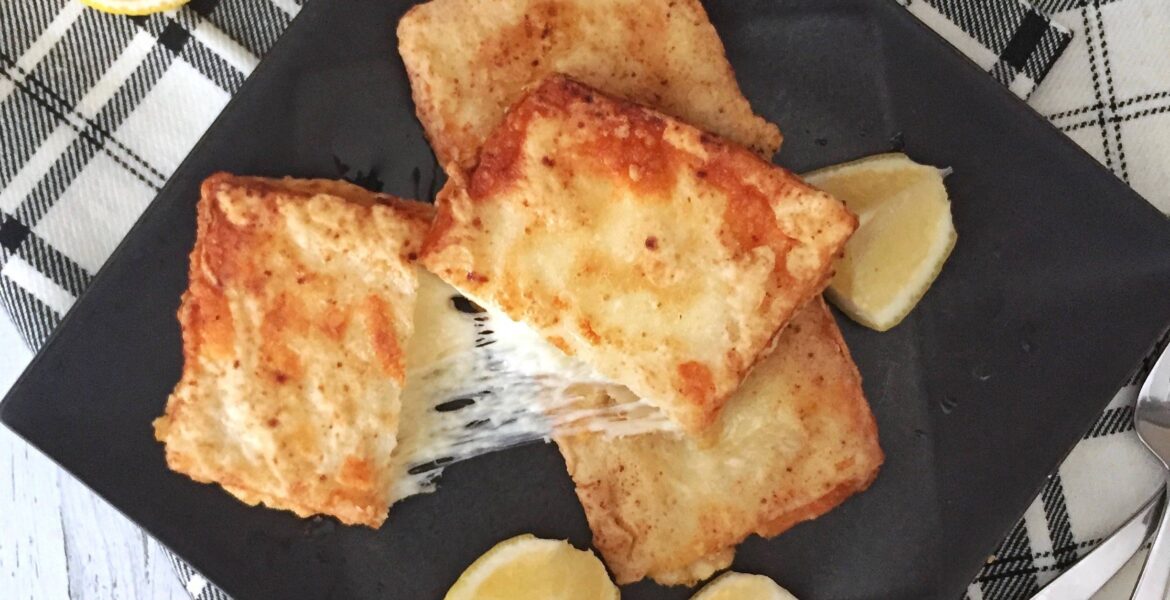Naxos kefalograviera is in short supply in several supermarkets, according to the president of Naxos Agricultural Cooperatives, Dimitris Kapounis. It seems that the kefalograviera from the Cycladic island is gradually becoming an endangered product.
Mr. Kapounis, speaking on the show "Hour of Greece" on OPEN TV, stated that: "Livestock broadcasts SOS. In Naxos we minus seven thousand litres of milk, that means 700 kilos of kefalograviera product we do not have.
"There will be a shortage in the market. We tried to support the producer.
"We brought cows from abroad, but producers started to reduce the animal product as they did not have feed.
"We have 300 cows that went for slaughter. We will continue.
"Feed is soaring, fertilisers are soaring, oils are soaring. We do not know where we will end up.
"The producer does not make a living."

Finally, as to why Naxos kefalograviera does not reach the supermarkets, Mr. Kapounis explained: "Our production has decreased, the livestock has left the breeder, the animal is not fed properly, it is a PDO product, we cannot bring milk from elsewhere, only with Naxos milk."
"The State must listen to us."
Kefalograviera (Greek: Κεφαλογραβιέρα) is a hard table cheese produced traditionally from sheep's milk or mixture of sheep's and goat's milk.
According to the PDO filing with the EU (see below) the name applies only to cheese produced in Western Macedonia, Epirus, and the regional units of Aetolia-Acarnania and Evrytania.
The cheese has a salty flavour and rich aroma. It is often used in a Greek dish called Saganaki, cut into pieces, rolled in seasoned flour and lightly fried.

It is an excellent cheese for grating, and is widely used as a topping for pasta dishes. According to one cookbook, "At its best, it is as good as or better than Romano or aged Asiago."
It is very similar to Kefalotyri cheese and sometimes is sold under that name.
The cheese is sold in wheels or wedges and can be found at Greek or Mediterranean specialty markets.
It is also available in well-stocked supermarkets and is reasonably priced.
Since the 1960s, kefalograviera has been made in three areas designated as protected designations of origin (PDOs) in western mainland Greece: Western Macedonia, Epirus, and Aitoloakarnania.

Despite its relative newness to the Greek table, it's rapidly become one of the most famous and popular cheeses in Greece.
It is made from either 100 percent sheep's milk or a combination of sheep's and goat's milk, and the milk is pasteurised. It's formed in small wheels and aged for three months.
Then, it is packaged in rounds, half-rounds, and wedges and vacuum-packed.
READ MORE: Traditional Astypalea lentils (fakes) with pasta.


